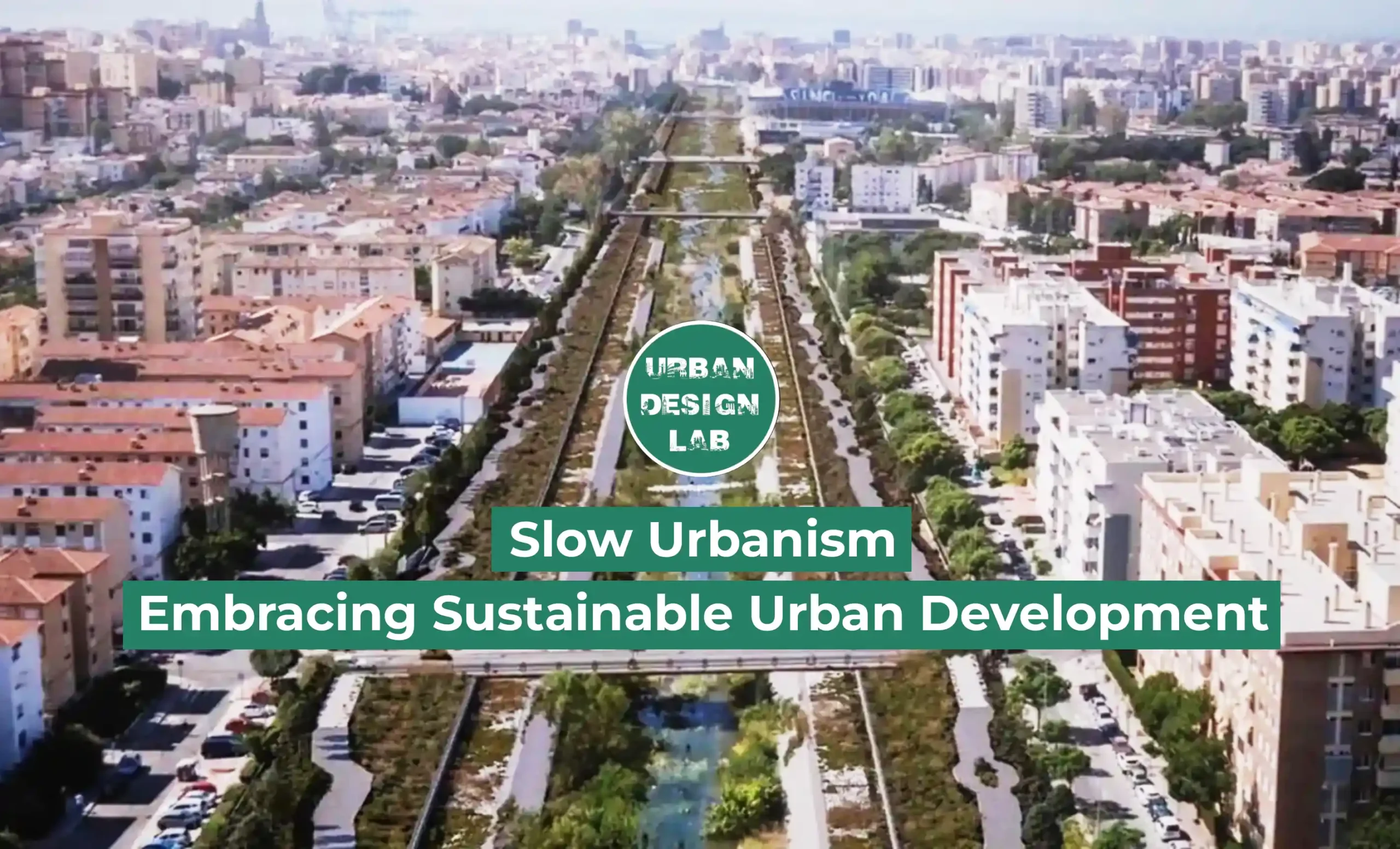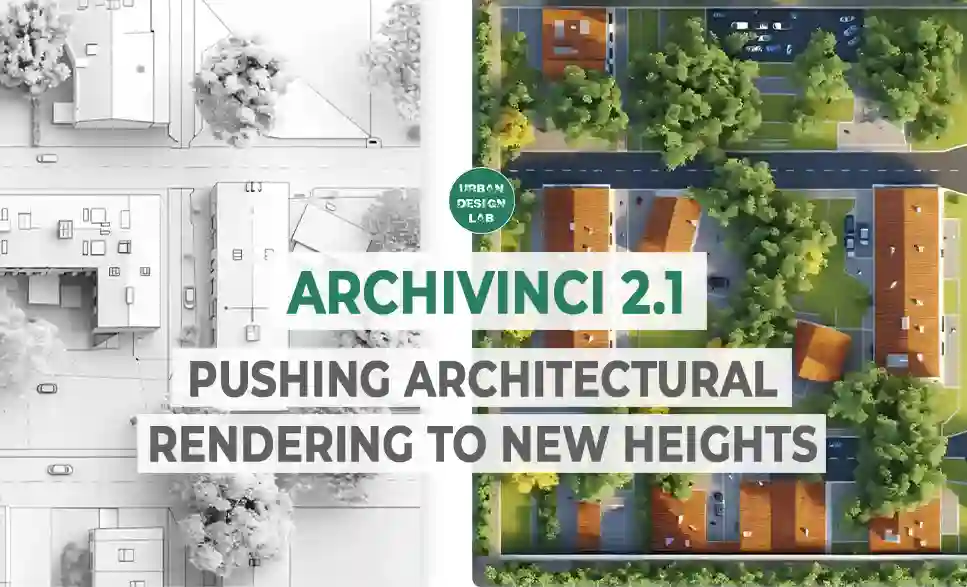
The City in Cinema: Portrayal of Delhi

Cinema and Indian Urbanism
Cities with its social complexities and vibrant environments have always inspired Indian Film-makers to draw inspiration from the narrative of cities and simultaneously portraying its changing urban scape through cinema. One can thus understand that cities and cinema are so deeply interconnected that the later can even acts as the urban achieve or memory bank, highlighting the process of urbanisation. The two in fact are related to such an extent that it is hard to form a mental image of an Indian city without a bombardment of both sight and sound from movie posters, film advertisements, radio and tapes of soundtrack music.
It was around 1947 that the Indian film industry went through significant changes. One could argue that it was during this time that the modern Indian film was born. The historical and mythological stories of the past were now being replaced by social-reformist films representing, the conditions of the new life as against ‘what used to be ‘, ultimately associating it with the rapid expansion of Indian cities and of urbanism as a lifestyle.

Indian City as a Muse
For Bollywood since its inception the metropolis of choice has always been Bombay from Shree 420 (dir. Raj Kapoor, 1955) to Satya (dir. Ram Gopal Varma, 1998), Hindi cinema’s narrative geography has featured Bombay in most of its cinema. For Bollywood until 2000’s other Indian cities even with its rich history and multifaceted culture, lacked the duality and double status needed for the cinematic setting when compared to Bombay. One might argue that the location of the film industry also contributes to the consolidation of this association but looking at the cinema made in the last two decade one can comment that Bollywood did start looking at other cities as muse in the later phase.
Leaving the partial behaviour of Bollywood towards Bombay aside Bollywood did manage to create two significant cinematic images of Bombay, one being of 50’s and the other of 70s and after. The first Bombay, which the song ‘yeh hai Bombay meri jaan (CID, dir. Raj Khosla 1956) immediately evokes an image of a city to be full pleasure and danger, of a thrilling anonymity as well as distressing inequality, both joyous and fearsome, a space where class conflict is a dominant. We may also include here the well-known examples like Shree 420 as well describing the cityscape that defined one of the distinctive sub-genres of the 50’s. This strain does not disappear with the 50s, but with the advent of a new narrative form in the 70s. a new Bombay makes its appearance, more vivid, dense, naked, disorienting, this Bombay can be seen in a variety of films ranging from Deewar (dir. Yash Chopra, 1974) to Satya (dir. Ram Gopal Varma, 1998) the portrayal of a grimy, crude, crime-stricken, claustrophobic metropolis with its half-constructed buildings, dimly lit alleys, dingy chawls, unkempt streets, and a ruthless community of gangsters is almost an antithesis to the glitz and glamour of Mumbai that most Hindi films have shown in the 80’s. Gang wars, extortion and killings are as integral to the city as its towering skyline and beautiful coastline is what the era showed us. Similar to that the self-confessed ode to Bombay- Saalam Bombay stands out for the way it turns the city inside out through the eyes of a pint-sized outsider and his chums who call the streets their home. Mira Nair tells a story we’ve heard much about but seldom get to see: Of the city’s proverbial underbelly, relentless aspirations and festering dreams.

Delhi: A rich and diverse cinematic setting
Delhi– India’s capital city — is truly the heart of the nation. And why not? With such a rich history and vivid culture Bollywood even though late but was attracted to the city in the 2000’s, exploring the diverse and complex cinematic setting it had to offer. Delhi was not a destination for many movies during 1950’s to 2000’s but the list here includes movies where Delhi has been the backdrop and added to its charm in the era: Chashme Buddoor(dir. Sai Paranjpye, 1981) This was the original movie that was based on Delhi prominently featuring Farukh Shaikh and his black bike (kali ghodi) on Delhi streets and the Paan shop showed the typical social character of Delhi, other than this movies like Masoom (dir. Shekhar Kapur, 1983), Sarfarosh (dir. John Matthew Matthan, 1999) etc. even though shot at Delhi lacked the charcter Delhi has to offer.

Urban Culture and portrayal of Character
It was only in 2000’s when movies like Khosla Ka Ghosla, Dev D, Delhi 6, Dev D etc. showed a layered Delhiness woven into every frame and dialogue and did justice to the essence of the city exploring the richness and diversity at the same time. Anupam Kher’s portrayal in Khosla ka Ghosla as KK Khosla, a middle-class Delhite wanting to build a home, and Boman Irani’s Kishan Khurana, a shrewd builder who arm-twists the city’s ‘powerful’ people, are two characters straight out of Delhi streets that we relate to. Similar to this setting of diversity Rajma Chawal does a far more commendable job of capturing the wicked passion of the city where the two spatial location of Delhi has been explored whether it be New Delhi or Old Delhi both has a setting which can be seen in the movie evidently. In contrast to the both though it starts off in rustic Punjab, Dev D aces it with a brilliant portrayal of Paharganj’s neon-lit Israeli Street teeming with foreigners, drug peddlers, pimps and prostitutes. The protagonist is a rich, spoilt brat who, among other things, is seduced by Delhi’s underbelly and saunters into seedy hotels and pubs with white women.
The portrayal of character in Bollywood cinema has also played an important part in creating an image for the city even though Bollywood’s portrayal of character is deeply rooted in stereotyped versions of the society, movies like Delhi 6 that speaks for itself and it being based out of the nook & corners of Old Delhi it managed to show old Delhi’s true urban culture. Even though the movie didn’t manage to do all that great at the box-office, it did showcase the frenetic lives of the people staying in Delhi because “Ye Dilli hai mere yaar..bas ishq mohabbat pyaar.” Similar to that Monsoon Wedding directed by Mira Nair, the movie got international recognition to Delhi as it showed the complexities involved between two quintessential Delhi families coming together for an Indian marriage. The stereotypes that are shown in the movie are relatable to such an extent that they seem scary. The movie includes a paedophilic not-blood-related uncle in the family, and women crowding the alleys of Chandni Chowk for the wedding shopping.

Does Bollywood reflect Indian Society?
So does Bollywood reflect Indian Society? Well, Bollywood is famous for stereotyping, Commercial cinema or arthouse cinema, Sex-symbol or girl-next-door, Commercial hero or character actor, Single-screen movie or multiplex cinema. So naturally, for an industry that’s so deep-rooted in stereotypes how can they manage the portrayal of urban character in any other form but a stereotyped version resulting in offensive cliched representation of the people of Delhi and the city Delhi being all about Chandni Chowk and its old-world by lanes. Or it is steeped in all kinds of crime (like in Pink (2016)). And when it’s neither of these two, it’s all about the oh-so-rich and oh-so-artificial people. While I won’t undermine the obvious charms of Old Delhi and certainly not deny the crimes, especially those towards women, it isn’t fair to stereotype Delhiites as the loud, mostly Punjabi, rich and shallow people they’re shown to be.

Sense of the City is fractured
So ultimately the question arises of how cinema has managed to influence our perception of cities from history to the present, and how cinematic images of cities have been fundamental to the ways in which the city has been imagined, formulated and remembered. In the particular case of Delhi Bollywood has certainly managed to portray the true character of Delhi through many movies but there are many movies which don’t do justice to the city’s image and has merely used it as a backdrop, fracturing the sense of the city.

Conclusion
So, in conclusion Indian cinema has been an urban archive portraying the process of urbanization, simultaneously struggling to come in terms with and formulating the agendas for modernity. Cinematic representation of cities has been integral part in formulating the image of an Indian city through different eras and time. Every city in India offers a rich and diverse cinematic setting and using it merely as a backdrop certainly ruins the essence and impression an Indian city has to offer. Indian cinema do reflect what is happening in our society. But they reflect either the desired or the stereotyped versions of our society. They are not a real reflection but the fictional dreams of our society.A powerful industry such as Bollywood needs to distinguish between entertainment and cinema, commercial and parallel.

About the Author

Ridhu Gahalot
An Architect and Urban Designer by qualification, he has a deep-rooted interest in pedagogy, and this enthrallment for research and education has led him to become an academician. Having graduated in 2017 from MNIT, Jaipur, and completing his master’s in urban design at SPA Bhopal, he has worked professionally in several cities including Mumbai, Ahmedabad, Jalandhar, Delhi among others, mainly in association with academics. Aside from that, he extends his passion for words beyond reading, onto Architecture Journalism and has even organized and coordinated numerous international workshops and events on CAD software in context of the urban domain.
Related articles


Henri Lefebvre’s Right to the City: Shaping Everyday Urban Life

Anne Hidalgo – aris Transformation & Pedestrian Policy



What is Polycentric urbanism?
UDL Illustrator
Masterclass
Visualising Urban and Architecture Diagrams
Session Dates
17th-18th January 2026

Urban Design Lab
Be the part of our Network
Stay updated on workshops, design tools, and calls for collaboration
Curating the best graduate thesis project globally!

Free E-Book
From thesis to Portfolio
A Guide to Convert Academic Work into a Professional Portfolio”
Recent Posts
- Article Posted:
- Article Posted:
- Article Posted:
- Article Posted:
- Article Posted:
- Article Posted:
- Article Posted:
- Article Posted:
- Article Posted:
- Article Posted:
- Article Posted:
- Article Posted:
Sign up for our Newsletter
“Let’s explore the new avenues of Urban environment together “











































